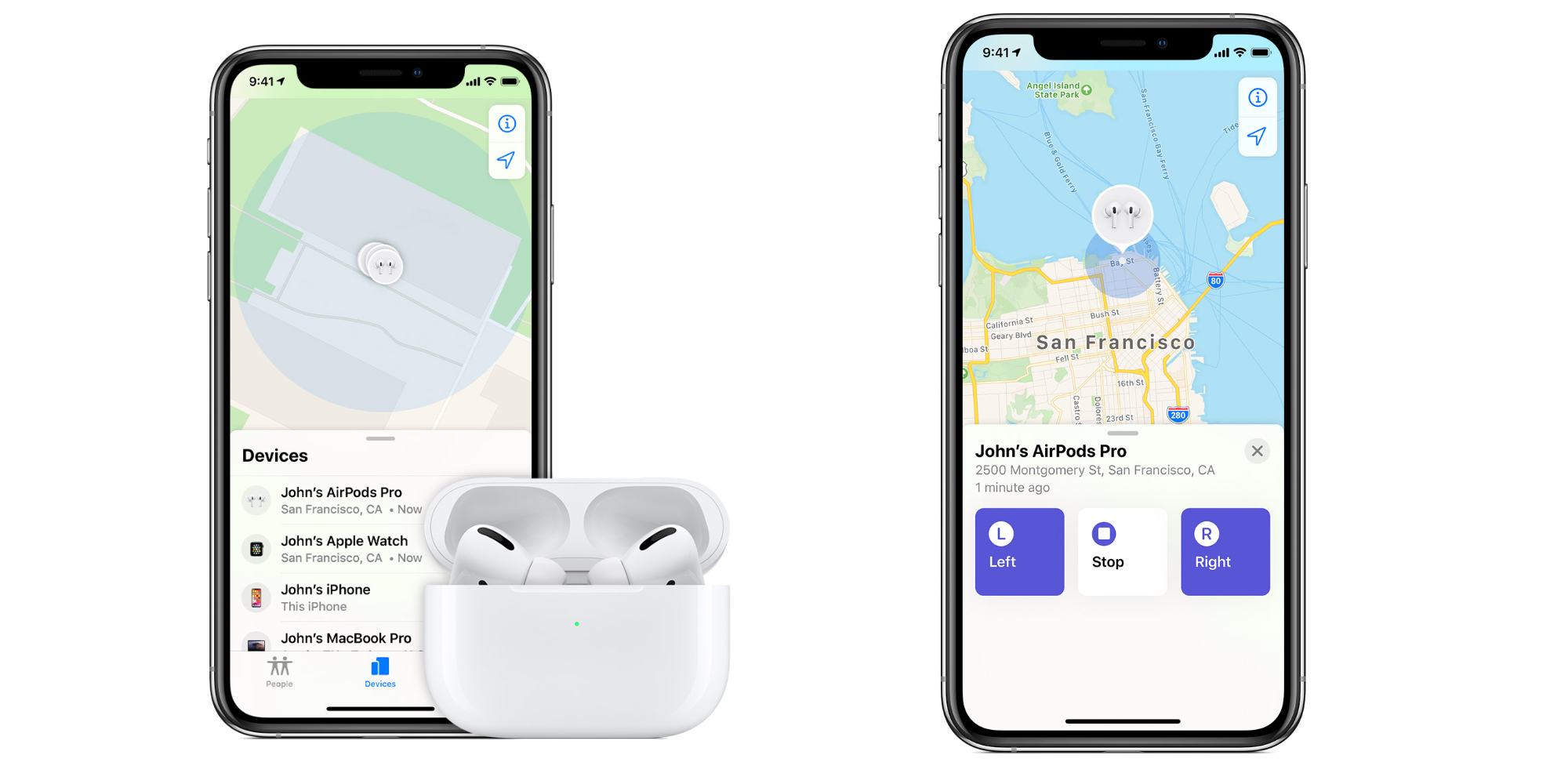October 24, 2016, is an important date when the CO2 in the atmosphere surged to record levels and did not fall below 400 ppm as it commonly does in October. So this year, the levels of the greenhouse gas remained above 400 ppm for a complete year. The present findings are based on the readings taken by one of the longest working greenhouse monitoring station at Mauna Loa Hawai. The United Nations weather agency has predicted that it will be many generations before the CO2 levels fall to pre-2015 levels.
2015 has ushered in some optimism in an otherwise gloomy scenario with the Paris climate change agreement. But it also is a D-Day with record high greenhouse gas concentrations according to Petteri Taalas, World Meteorological Organization (WMO) Secretary-General.
400 ppm is a symbolic threshold in climate conservation and is as alarming 2 degree Celsius warming limit. The world powers had agreed not to cross this danger line when they signed the historic Paris climate agreement last year. 400 ppm is a level which has not been seen for the last 400 million years, and it covers the entirety of known human existence.
The planet saw high Carbon concentration in the atmosphere in the mid-Pliocene, and the sea levels were about 20 meters higher than what they are today. A loaded carbon environment takes some time to show its effects like ocean acidification and sea level changes, but it will manifest itself shortly unless we find out ways to trap the carbon in the atmosphere and send it back into Earth’s crust.
El Nino is another factor which pushes the carbon levels in the air beyond the 400 ppm threshold. Last year it was strongest, and 2015 has seen the carbon levels rising beyond this level. Most expert’s view that the levels have crossed the tipping scale and it’s hard to see it fall at least during our lifetime. Even if drastic measures are taken, it will take many decades to roll back the ill effects.















